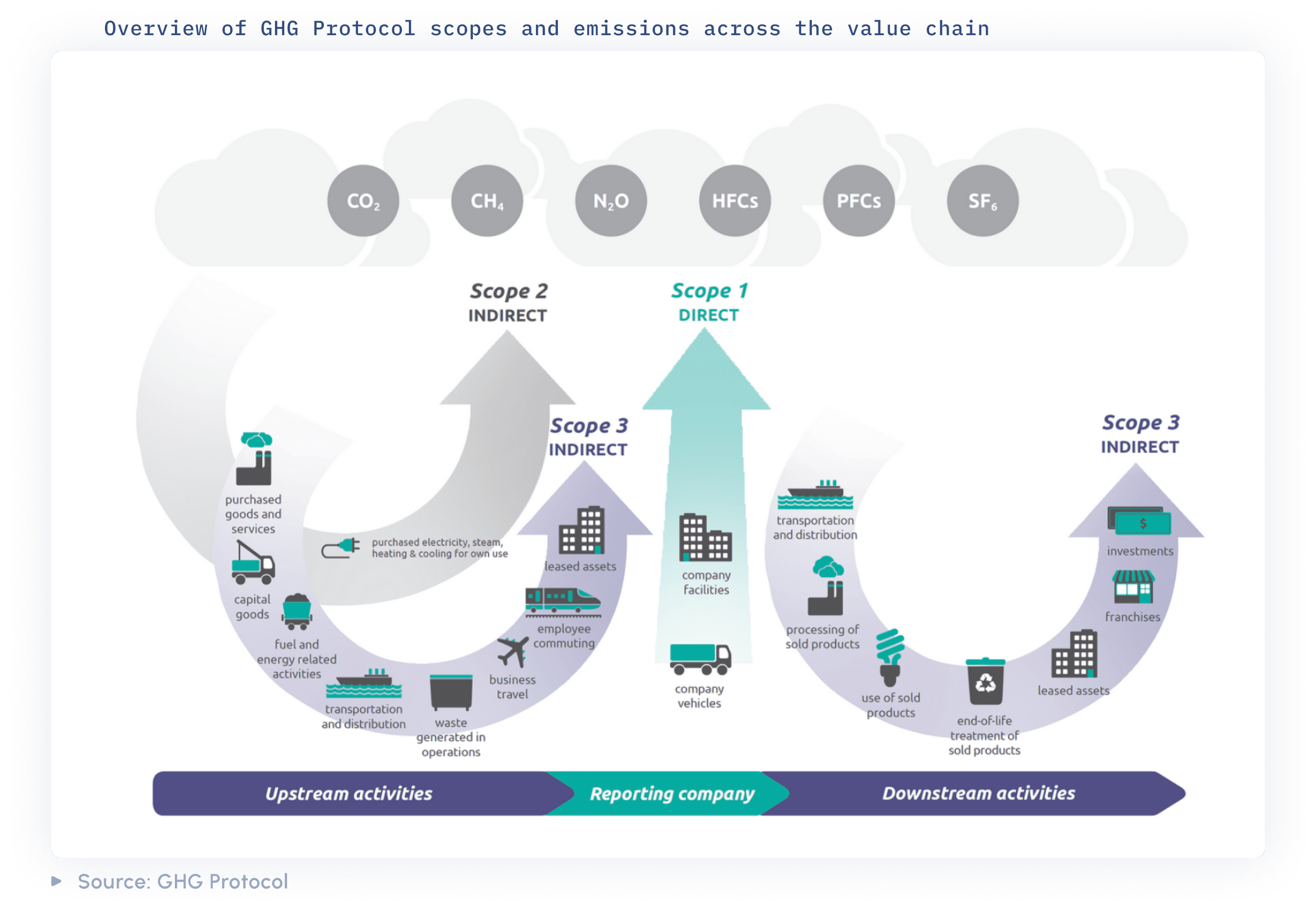There are several key distinctions between the Scope 3 Market Mechanism (S3MM) and the voluntary carbon markets (VCMs). A key principle is that they are not intended to compete with each other, as each approach can have a role in accelerating the transition. That said, the intention is that the S3MM is considered by any company seeking to reduce Scope 3 emissions before carbon credits/offsets are considered as a solution.
The S3MM seeks to use a company’s buying power as an driver to accelerate the transition inside that company’s value chain. The company will be interested to pay the green premium on a transition-aligned choice (e.g., green steel, as opposed to regular steel) if, in exchange, it is able to prove and claim positive environmental attributes in its sustainability reporting, and bring down its Scope 3 emissions to help it hit science-based targets.
A key concept is that the environmental attribute of a decision (e.g., lower emissions from the decision to specify green steel in a building project) are linked to the company’s activities. With carbon credits/offsets, a company does not need to change its business practices (i.e., it can continue to buy regular steel) and can seek to reduce its reported emissions simply by buying the relevant number of offsets. While this may allow a single company arithmetically to claim it is on track to reach net zero by a certain date, this approach will not transition the global economy. There are simply not enough offsets, and especially nature-positive offsets, to allow this to happen. Hence the imperative to accelerate transition in the value chains of companies, and not outside them.




